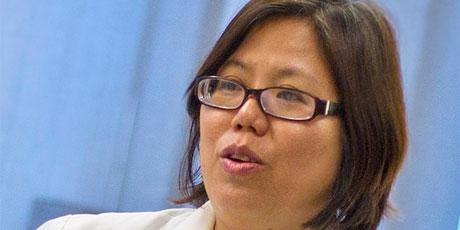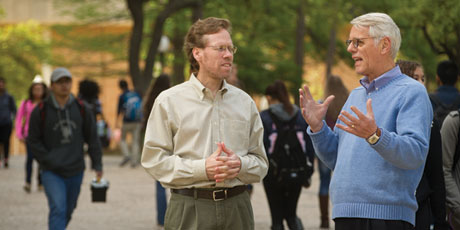>:(
The Bully Behind the Screen
Cyberbullying via online social networks is becoming a bigger issue on college campuses

Social media, smartphones, and other electronic communication has helped college students better connect with their teachers, peers, and schools. But they also have introduced a new, destructive element into the educational mix: cyberbullying.
Jiyoon Yoon, associate professor of education, investigated the topic and found that cyberbullying in college can pose serious consequences for students’ living and learning environments.
The issue began garnering national attention in 2010 when an 18-year-old Rutgers University student jumped off the George Washington Bridge following an incident in which his roommate posted compromising videos of him online.
“People overwhelmingly tend to think that cyberbulling only happens to teens. But more and more college-age students are dealing with this problem,” Dr. Yoon says. “Co-eds cyberbully classmates, and I was even shocked to discover students trying to cyberbully their instructors, too.”
Yoon undertook the study with then-graduate student Julie Smith while both were at the University of Minnesota–Duluth. They surveyed 276 students from University of Minnesota campuses and found that college students not only were using Facebook, Twitter, YouTube, and other social networking sites to cyberbully others, but they also were harassing peers through university technology infrastructure intended for educational purposes. The results were published in the Information Systems Education Journal.
“We hope our study will lead universities to ask themselves, ‘What does the university do to help minimize cyberbullying in academe?’” Yoon says. “Students also need to know about it and how to prepare for something like this if it happens to them.”
ILLUSTRATION BY DAN PAGE

















